Related Research Articles

Christmas seals are labels placed on mail during the Christmas season to raise funds and awareness for charitable programs. They have become particularly associated with lung diseases such as tuberculosis, and with child welfare. Christmas seals are regarded as a form of cinderella stamp in contrast with Christmas stamps used for postage.
The British Red Cross Society is the United Kingdom body of the worldwide neutral and impartial humanitarian network the International Red Cross and Red Crescent Movement. The society was formed in 1870, and is a registered charity with more than 17,200 volunteers and 3,400 staff. At the heart of their work is providing help to people in crisis, both in the UK and overseas. The Red Cross is committed to helping people without discrimination, regardless of their ethnic origin, nationality, political beliefs or religion. Queen Elizabeth II was the patron of the society until her death on 8 September 2022.
The German Red Cross is the national Red Cross Society in Germany.

MS Jutlandia was contracted by and built for the East Asiatic Company (EAC) in 1934, as a combined passenger and cargo ship at EAC's Nakskov Shipyard, Denmark. Following an extended operational life in which she also served as a hospital ship and a royal yacht, she was finally decommissioned in 1965.

The Italian Red Cross is the Italian national Red Cross society. The Italian Red Cross was one of the original founding members of the International Committee of the Red Cross in 1919.
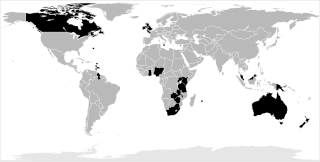
St John Ambulance is the name of a number of affiliated organisations in different countries which teach and provide first aid and emergency medical services, and are primarily staffed by volunteers. The associations are overseen by the international Order of St John and its priories.
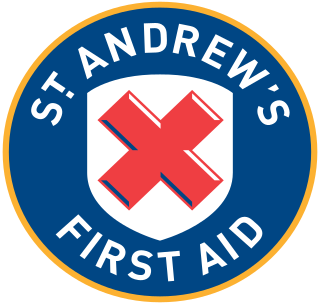
St Andrew's First Aid is a charity based in Scotland. Founded in 1882, St Andrew's Ambulance Association was Scotland's first ambulance service. From 1967, the St. Andrew's Scottish Ambulance Service was the sole contractor for the provision of the ambulance service, until 1974, when the National Health Service (NHS) was reorganised and St Andrew's ambulance role was absorbed into the Scottish Ambulance Service. The St Andrew's association continued as a provider of first aid services and training, changing their trading name.
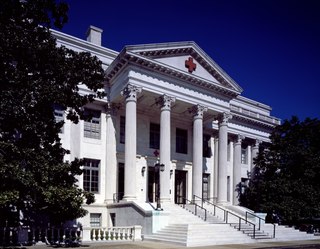
The American Red Cross (ARC), also known as the American National Red Cross, is a nonprofit humanitarian organization that provides emergency assistance, disaster relief, and disaster preparedness education in the United States. It is the designated US affiliate of the International Federation of Red Cross and Red Crescent Societies and the United States movement to the International Red Cross and Red Crescent Movement.

The Voluntary Aid Detachment (VAD) was a voluntary unit of civilians providing nursing care for military personnel in the United Kingdom and various other countries in the British Empire. The most important periods of operation for these units were during World War I and World War II. Although VADs were intimately bound up in the war effort, they were not military nurses, as they were not under the control of the military, unlike the Queen Alexandra's Royal Army Nursing Corps, the Princess Mary's Royal Air Force Nursing Service, and the Queen Alexandra's Royal Naval Nursing Service. The VAD nurses worked in field hospitals, i.e., close to the battlefield, and in longer-term places of recuperation back in Britain.
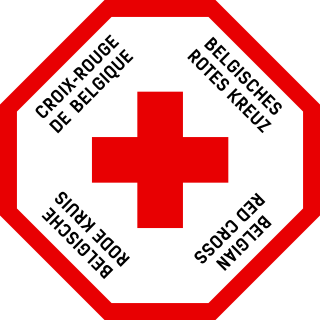
The Belgian Red Cross is a humanitarian organization that aids in providing emergency and disaster related services and relief as well as providing education for disaster awareness within the population of Belgium. It is a member of the International Federation of Red Cross and Red Crescent Societies.

Bernhard Cathrinus Paus was a Norwegian orthopedic surgeon and humanitarian.
The Swiss Red Cross, or SRC, is the national Red Cross society for Switzerland.

The Finnish Red Cross is an independent member of the International Federation of Red Cross and Red Crescent Societies, which is one of the biggest and best-known international organisations in the world and in the field of humanitarian aid. FRC has over 90,000 members and around 45,000 active volunteers in Finland. FRC consists of 12 regional chapters and 550 local branches throughout the country. The current General Secretary is Ms. Kristiina Kumpula. At the end of 2006, the FRC employed 1,168 people, of which 136 worked at the headquarters in Helsinki.

The humanitarian responses by non-governmental organizations to the 2010 Haiti earthquake included many organisations, such as international, religious, and regionally based NGOs, which immediately pledged support in the aftermath of the 2010 Haiti earthquake. Besides a large multi-contingency contribution by national governments, NGOs contributed significantly to both on-the-ground rescue efforts and external solicitation of aid for the rescue efforts.
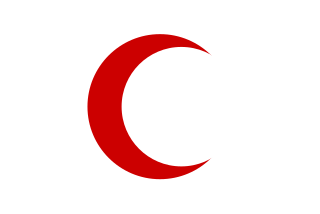
The Syrian Arab Red Crescent (SARC) is a humanitarian nonprofit organization. Its headquarters are in the Syrian capital city of Damascus. The society was founded in Damascus, Syria in 1942, and admitted to the International Committee of the Red Cross (ICRC) in 1946. Some of founders included were Abdul-Kader Zahra, Jamil Kabara, Sami Al-Meedani, Shafiq Diyab, Mustafa Shawky, Ahmed Kadary, Wade Saydawy, Mounib Rifai, and others. The society is part of the International Federation and has been recognized by the ICRC. The SARC has 14 branches all over Syria and 75 sub-branches. Volunteer based, the SARC has around 11,000 trained volunteers that work in the areas of first aid, first aid training, disaster response and relief, psycho-social support, and health in general. SARC also partners with local charity organizations and works with the relevant components of the Syrian community, with UN agencies and NGOs.

The Republic of Korea National Red Cross is a humanitarian organization that provides emergency assistance, disaster relief and education inside South Korea. It is the designated South Korean affiliate of the International Federation of Red Cross and Red Crescent Societies.
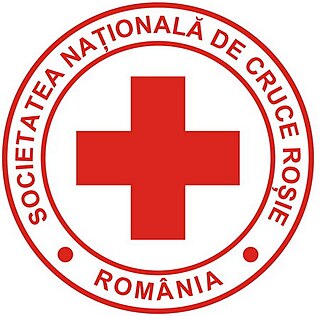
The Romanian Red Cross (CRR), also known as the National Society of Red Cross from Romania, is a volunteer-led, humanitarian organization that provides emergency assistance, disaster relief and education inside Romania. It is the designated national affiliate of the International Federation of Red Cross and Red Crescent Societies.
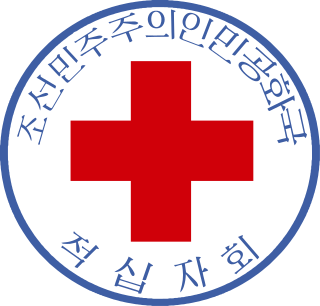
The Red Cross Society of the Democratic People's Republic of Korea is the national Red Cross Society of North Korea. It was founded as the Red Cross Society of North Korea on 18 October 1946 by the Soviet-backed occupational government.

American Red Cross Motor Corps was founded in 1917 by the American Red Cross (ARC). The service was composed of women and it was developed to render supplementary aid to the U.S. Army and Navy in transporting troops and supplies during World War I, and to assist other ARC workers in conducting their various relief activities. The diverse character of the work included canteen work, military hospitals, camps and cantonments, home service workers, outside aid, office detail, other ARC activities, and miscellaneous services, such as the 1918 flu pandemic.
The Joint War Organisation (JWO) was a combined operation of the British Red Cross Society and the Order of St John of Jerusalem during the World Wars. It was first created in 1914 and ceased operations when World War I ended in 1919; the organisation was re-formed upon the British entry into World War II in 1939 and was active until its permanent disbanding in 1947. The Joint War Committee (JWC), a non-government administrative body, controlled the JWO and the Joint War Finance Committee managed its finances and concentrated on raising donations and funding.